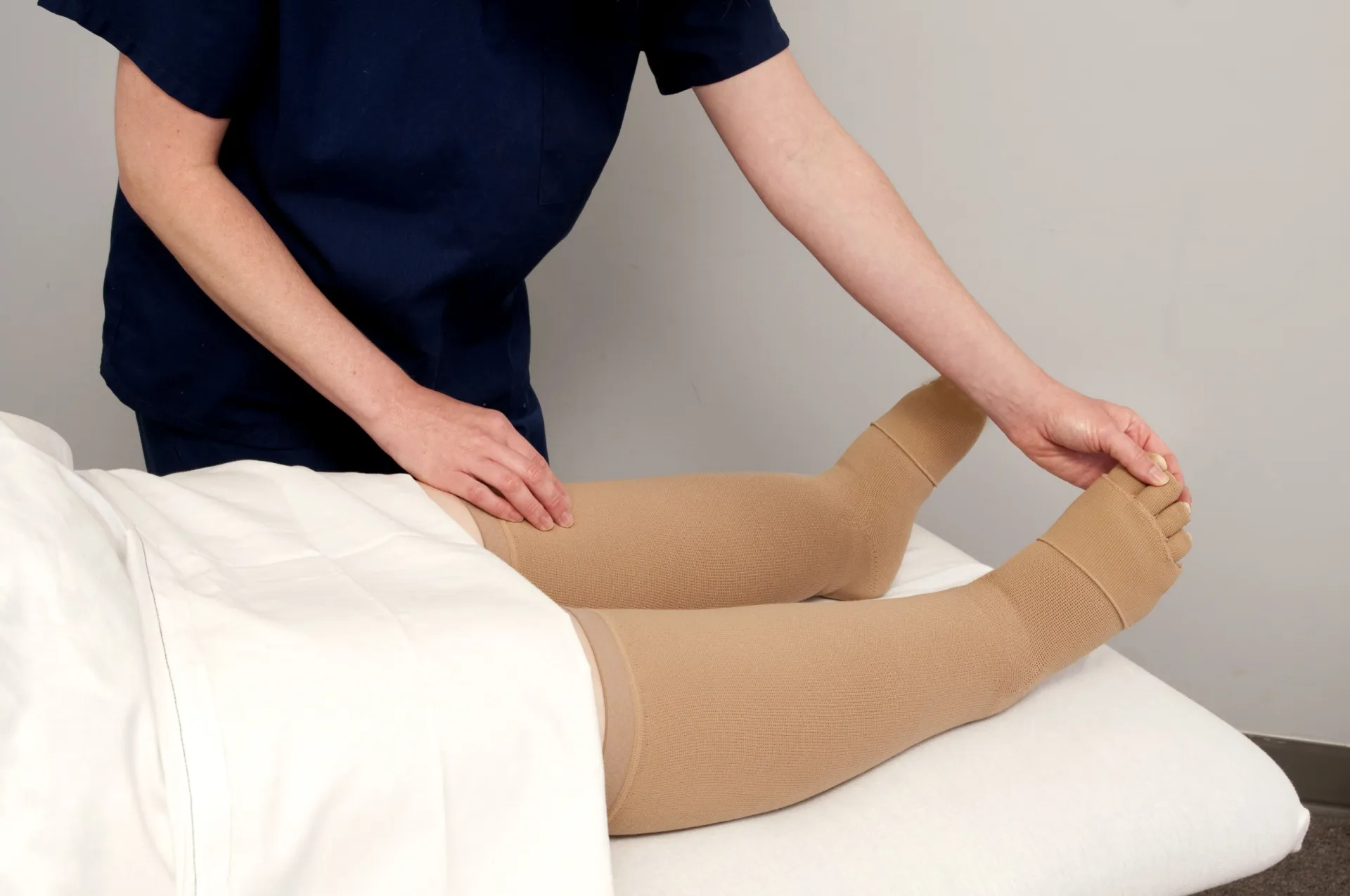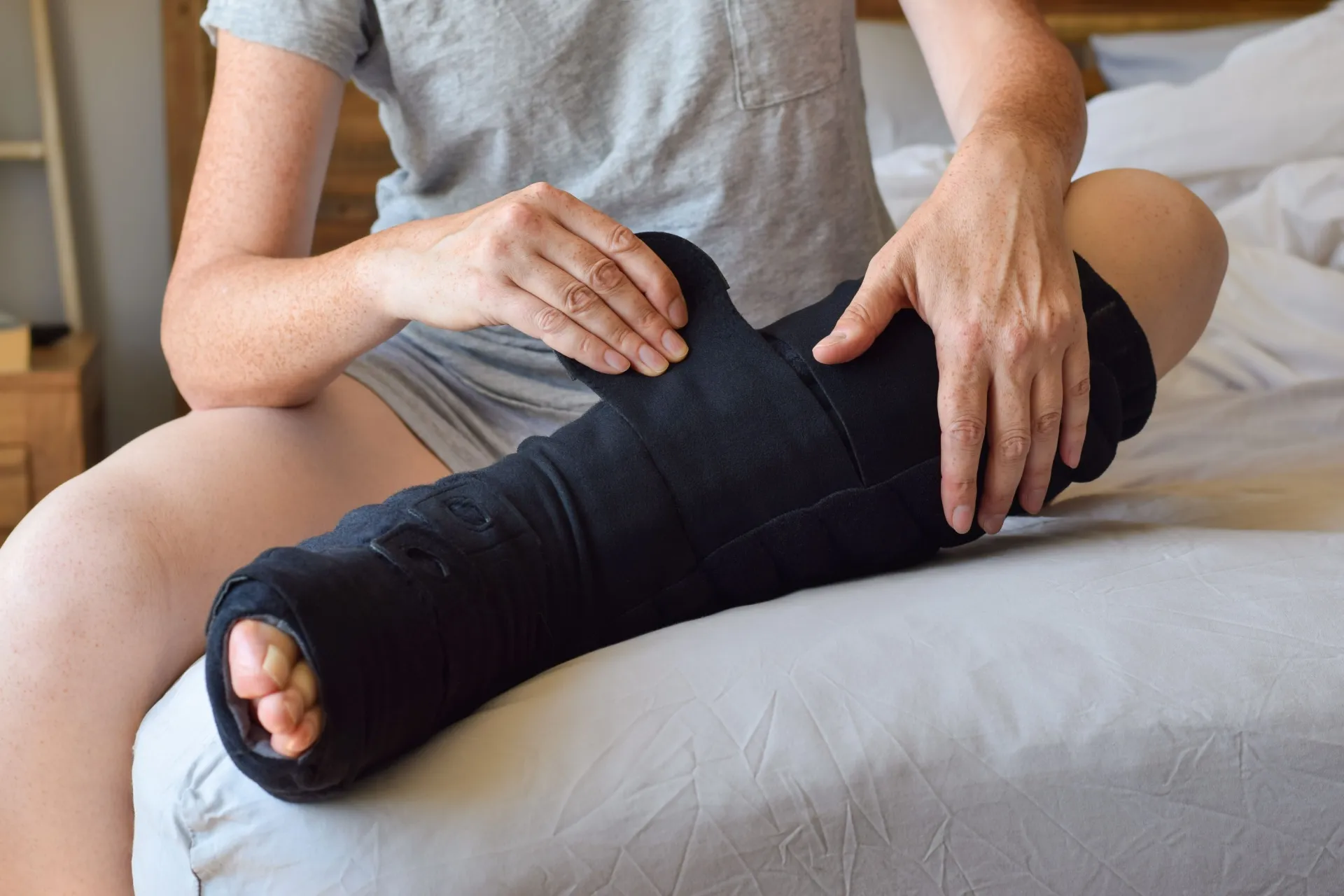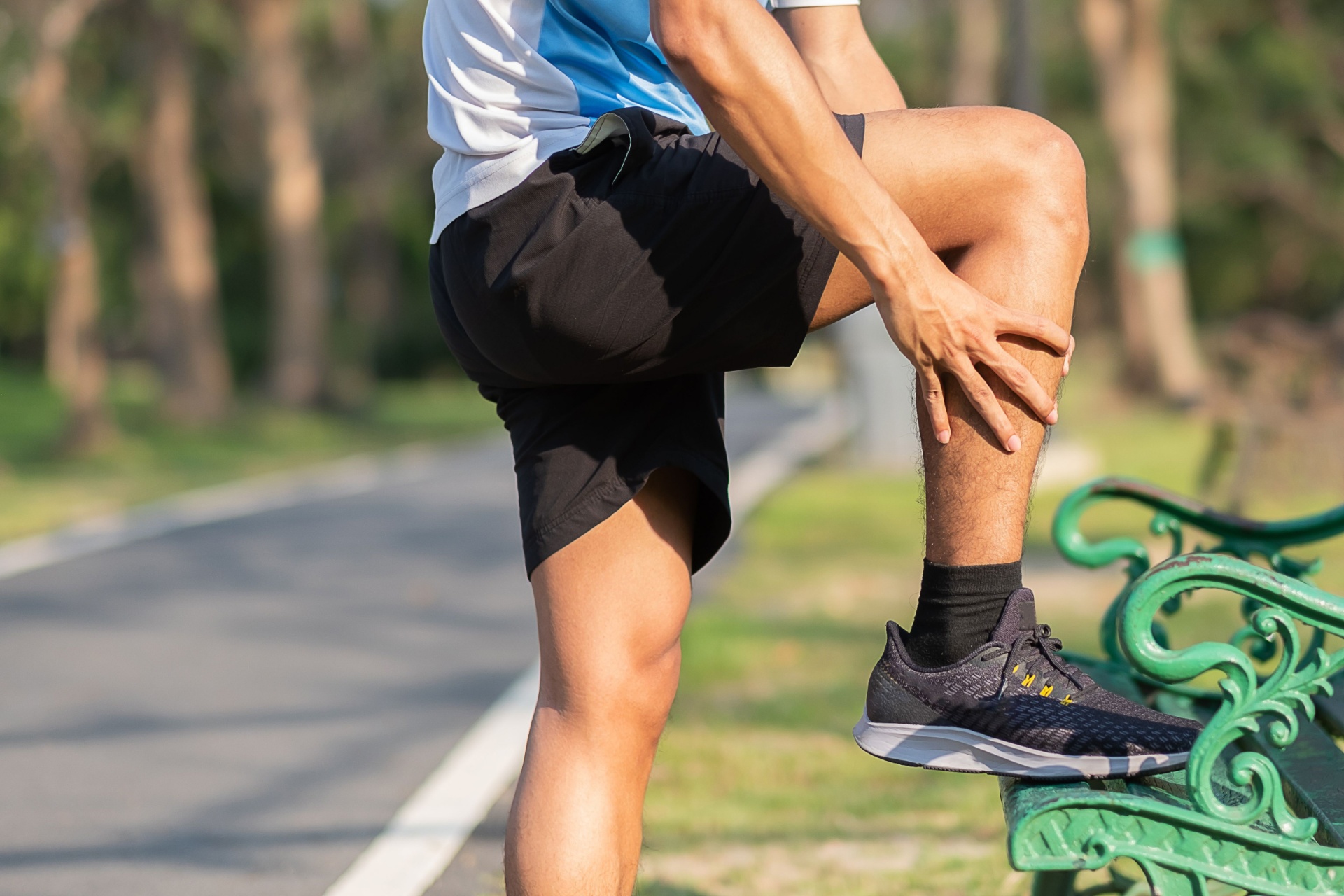Lymphedema Diagnosis & Management

Lymphedema can significantly impact your mobility, comfort and independence when left unmanaged. This condition of chronic swelling requires specialized expertise to accurately diagnose and effectively control. Dr. Louis Prevosti brings over 30 years of cardiovascular experience to comprehensive lymphedema management at Prevosti Vein Center, offering patients throughout Canton and North Georgia expert care focused exclusively on venous and lymphatic disorders.
Dr. Prevosti's specialized practice enables him to recognize lymphedema and distinguish it from other causes of leg swelling. His systematic approach combines precise diagnostic techniques with personalized management strategies to help patients achieve optimal control of their swelling and other symptoms.

What Is Lymphedema Diagnosis & Management?
The lymphatic system normally collects fluid from tissues and returns it to the bloodstream. When this network of vessels and nodes does not function properly or cannot keep up with increased fluid production, fluid accumulates in the affected limbs. Dr. Prevosti's diagnostic process determines whether lymphedema stems from primary lymphatic dysfunction or secondary causes like venous insufficiency, which is particularly common and known as phlebolymphedema.
How Does Lymphedema Diagnosis Work?
Clinical Evaluation and History
Dr. Prevosti begins with a thorough medical history, exploring the onset, progression and characteristics of your swelling. He examines factors such as family history of lymphedema, previous surgeries, radiation therapy, infections or injuries that might damage lymphatic vessels. The timing of swelling development provides important diagnostic clues, as primary lymphedema often appears in younger patients while secondary forms may develop after specific triggering events.
Physical examination reveals characteristic features of lymphedema. Dr. Prevosti assesses skin texture changes, including thickening or hardening (fibrosis). He often performs the Stemmer sign test, checking whether skin at the base of the second toe can be pinched and lifted. A positive Stemmer sign strongly suggests lymphedema. The distribution and nature of swelling (whether it involves the feet, is in one leg or both legs) also provide diagnostic information.
Diagnostic Ultrasound
Venous duplex ultrasound is crucial in Dr. Prevosti's diagnostic process, particularly for identifying phlebolymphedema. This specialized imaging reveals whether venous insufficiency contributes to lymphatic overload. When damaged vein valves allow blood to pool in the legs, the resulting pressure forces excess fluid into surrounding tissues, overwhelming the lymphatic system's drainage capacity.
The ultrasound examination maps your venous system to identify which veins are functioning normally and which show signs of valve dysfunction. Dr. Prevosti's extensive experience in vascular ultrasound interpretation, backed by his RPVI (registered physician vascular interpreter) certification, means he can accurately assess any venous component to your lymphedema.
Differential Diagnosis
Distinguishing lymphedema from other causes of leg swelling requires Dr. Prevosti's specialized expertise. He considers causes due to heart failure, kidney disease, liver dysfunction, medication side effects and lipedema. Each condition produces distinct swelling patterns and associated findings that guide accurate diagnosis.

Who Needs Lymphedema Management?
Dr. Prevosti recommends that any patients experiencing persistent leg swelling be evaluated. Early intervention can help control advancement of the disorder, reduce symptoms and reduce the chance of side effects.
Primary lymphedema indicators:
- Swelling present from birth or developing in adolescence or early adulthood
- Family history of unexplained leg swelling
- Swelling of one leg without an identifiable cause
- Swelling involving the feet and toes
Secondary lymphedema risk factors:
- History of cancer treatment involving lymph node removal or radiation
- Previous leg infections or injuries
- Chronic venous insufficiency
- History of blood clots (deep vein thrombosis)
- Surgical procedures affecting lymphatic drainage
What to Expect From Lymphedema Management
Comprehensive Treatment Planning
Following diagnosis, Dr. Prevosti develops an individualized management plan addressing your specific type and severity of lymphedema. For phlebolymphedema, treating underlying venous insufficiency often provides significant improvement. His treatment plans integrate multiple therapeutic approaches tailored to your lifestyle and capabilities.
Dr. Prevosti personally oversees every aspect of your care, from initial evaluation through ongoing management. This continuity ensures treatment modifications respond to your progress and changing needs.
Compression Therapy Management
Medical-grade compression garments form the cornerstone of lymphedema treatment. Dr. Prevosti prescribes specific compression levels based on the severity of your condition and your ability to apply garments. Initial therapy typically uses 20 to 30 mmHg compression, potentially increasing to 30 to 40 mmHg as tolerated.
Proper garment fitting requires expertise to achieve therapeutic compression. Dr. Prevosti's staff ensures correct sizing and provides training on application techniques. Compression garments require replacement every six to 24 months to maintain effectiveness.
Leg Elevation
As simple as it sounds, taking the time to elevate the legs a few times a day can help control swelling. Many people have vocations that require constant sitting or standing for hours at a time, with little mobility or ambulation. Gravity pulls fluid toward the lower legs, and without activity such as walking, the leg muscles are not contracting, which would normally help the lymphatic system.
Elevating the legs so the ankles are at or above the level of the heart for 30 or 40 minutes two or three times a day allows us to use gravity to help fluid flow out of the leg and ultimately back into the blood circulation. When relaxing at home watching television, rather than letting your legs hang down in a sitting position, lie on a sofa or push back in a recliner chair.
Manual Lymphatic Drainage
When appropriate, Dr. Prevosti refers patients to certified lymphedema therapists for manual lymphatic drainage (MLD). This specialized massage technique uses gentle, rhythmic movements to stimulate lymph flow through functioning vessels. Therapists teach self-massage techniques for home maintenance between professional sessions. Another name for this therapy is Complete Decongestive Therapy (CDT).
Lymph Pumps (Sequential Compression Devices)
For patients with more severe lymphedema, Dr. Prevosti may prescribe pneumatic compression devices (lymph pumps). These machines use inflatable sleeves that sequentially compress the limb with air pockets, mechanically assisting lymphatic drainage. Treatment sessions typically last 45 to 60 minutes daily and are performed at home after proper training.
Treating Underlying Venous Insufficiency
When venous disease contributes to lymphedema, Dr. Prevosti employs minimally invasive procedures to eliminate the source of excessive fluid production:
- Radiofrequency ablation to close malfunctioning saphenous veins
- Endovenous laser ablation for targeted treatment of damaged veins
- Ultrasound-guided foam sclerotherapy for damaged tributary and reticular veins
- VenaSeal™ medical adhesive system for vein closure without heat
- Varithena® FDA-approved foam for various vein sizes
- Ambulatory micro-phlebectomy for superficial varicose veins
These office-based procedures, performed under local anesthesia, reduce venous pressure and fluid leakage into tissues. Patients walk immediately after treatment, continuing compression garments while the venous system establishes healthier flow patterns.

Long-Term Management Strategies
Lymphedema requires ongoing management to maintain optimal control. Dr. Prevosti provides comprehensive education on:
Daily care protocols:
- Consistent compression garment use during waking hours, and in some cases, special compression garment worn at night
- Skin inspection and meticulous hygiene
- Moisturizing to prevent skin breakdown
- Prompt treatment of any cuts or infections
- Encourage elevation
- Daily use of lymph pumps, if prescribed
- Avoidance of diuretics (water pills), which are not helpful in lymphedema
- Avoidance of medications, particularly some blood pressure medications, that can have a side effect of edema
Activity recommendations:
- Regular walking and exercise to stimulate lymph flow
- Swimming and water aerobics for compression-free exercise benefits
- Avoiding prolonged standing or sitting
- Wearing compression stockings while traveling by car or plane
Monitoring and follow-up:
- Regular appointments to assess treatment effectiveness
- Garment replacement when needed
- Early intervention for worsening of swelling

Why Choose Dr. Prevosti for Lymphedema Care
Dr. Prevosti offers comprehensive lymphedema management with several distinct advantages, including:
- Specialized expertise: Board certification in cardiovascular surgery plus American Board of Venous and Lymphatic Medicine Diplomat status. Registered Phlebology Sonographer (RPhS) certification
- Integrated approach: Diagnosis and treatment of venous components in one location
- Personalized care: Dr. Prevosti personally performs all evaluations and treatments
- Insurance expertise: In-house staff experienced with lymphedema and venous insufficiency coverage requirements
- Experience: Tens of thousands of patients treated
Control Your Lymphedema at Prevosti Vein Center
Living with lymphedema doesn't mean accepting progressive swelling and disability. Dr. Prevosti's systematic approach to diagnosis and management helps patients achieve optimal symptom control and maintain active lifestyles. His expertise in identifying and treating venous contributions to lymphedema often provides improvement beyond what standard lymphedema therapy alone achieves.
Schedule your consultation today to begin comprehensive lymphedema management with Dr. Prevosti's expert guidance.